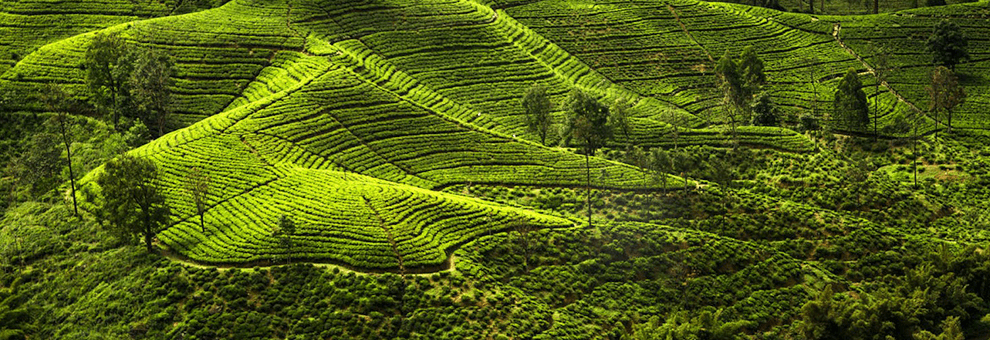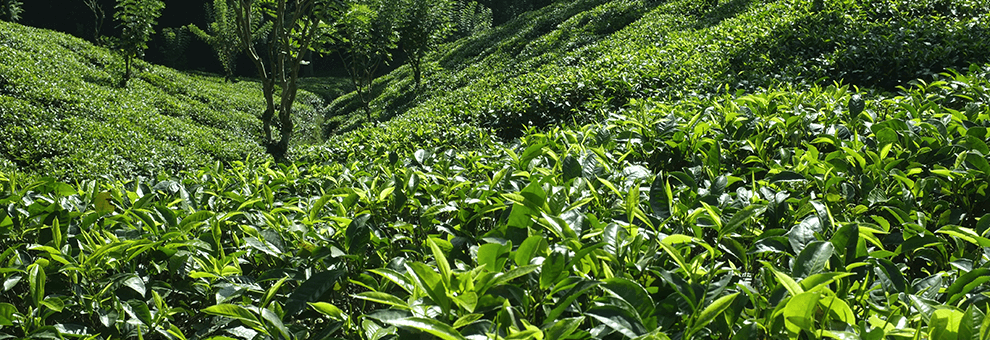What do you associate Sri Lanka with? Probably, these are happy elephants, bright palm trees, beautiful beaches that seem to have come out of Pinterest pictures, and … Ceylon tea. Yes, this small island, which before gaining independence was called Ceylon, is the third world exporter of tea after China and India. In this article, we will talk about the types and benefits of Ceylon tea, as well as how to properly brew loose leaf tea.
Have you always wondered what is the difference between Baihi tea and Ceylon tea? Any loose tea is called baikhov, as opposed to pressed or bagged. Here, the size of the leaf or the way it is twisted is not important at all. Also, experienced tea connoisseurs often argue about which tea is better — Indian or Ceylon? The truth is that both teas belong to the same variety – assamese, so they have approximately the same taste and useful properties. Everything else depends on the variety, growing conditions and type of processing.
Varieties of ceylon tea are distinguished depending on the area where it grew – plain varieties (600 meters above sea level), mid-plain varieties (from 600 meters to 1 km) and highland varieties (from 1 km).
But it is not enough to understand where Ceylon tea grows, it is important to know its classification. Depending on the size of the leaf and the strength of the brew, the following popular types of Ceylon tea can be distinguished:
OPA — a type of tea with a large leaf and weak brewing;
OP — medium-sized tea leaves and stronger brewing, basic category;
Pekoe – Ceylon black tea with small leaves and strong brewing;
BOP is a strong Ceylon tea that goes well with milk.
Of course, these are not all types, but only the most popular ones. For example, if there is a letter B in the abbreviation, it means that the tea consists of pieces, not whole leaves. This is by no means synonymous with poor quality, but a guarantee of excellent durability. The best varieties of Ceylon tea are said to contain the letters TG, which stand for golden tips—the most tender and youngest buds.
After picking the tea, it is dried for a month until the oxidation process begins – and then roasted at a temperature of 90-95°C. This is how everyone gets familiar tea – black, Ceylon, with a rich taste. As for green tea, it is produced in Sri Lanka many times less, although these are the same tea bushes – only the method of processing the leaves differs. To produce green tea, the leaves are steamed to avoid the oxidation process, and then dried at a temperature of 105°C. This is how healthy, real Ceylon tea turns out. For white tea, young leaves and tips are used, which are only dried in the air, and then dried. This elite Ceylon tea is characterized by a delicate taste and a light yellow or silver color of the drink.

Ceylon tea: benefits
Speaking about the benefits of tea, Ceylon has a special place among the preferences of consumers. This is not surprising, because its regular consumption helps.
- Remove impurities and toxins;
- Normalize the sugar level;
- Strengthen tooth enamel;
- Slow down aging processes;
- Improve the work of the nervous system;
- Increase the cognitive functions of the brain;
- Speed up the process of losing weight.
How to properly brew Ceylon tea? Everything is very simple, just follow a few rules:
- Use freshly boiled water that has barely reached the boiling point — water that has been boiled for a long time loses a significant amount of oxygen and cannot reveal the rich taste of tea.
- Pour boiling water over the kettle and the rest of the dishes beforehand.
- Choose the amount of brew according to the calculation: one teaspoon per person + one per teapot.
- Let the tea steep. As a rule, to properly brew black tea, 3-5 minutes are enough, green and white tea are infused for about 2-3 minutes. This short time is enough to reveal the strength and aroma of the drink.
- Before pouring the tea into the cup, stir it in the teapot.
Ceylon teas have a rather rich taste. How to drink tea properly to get the most out of it? The main rule is that it should be done immediately after brewing. It is also undesirable to add sugar – it will kill the original taste of a quality drink.
The good news is that you can brew Ceylon tea several times – from 4 to 8, but it is important that it also happens at once. Sri Lanka is the birthplace of Ceylon tea. Are you planning a trip to this island? Do not forget to bring home Ceylon large-leaf tea among other souvenirs.





